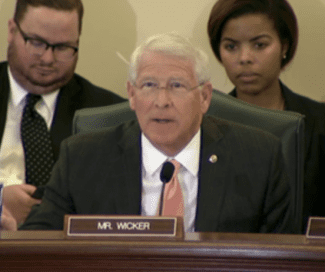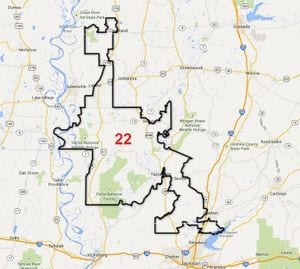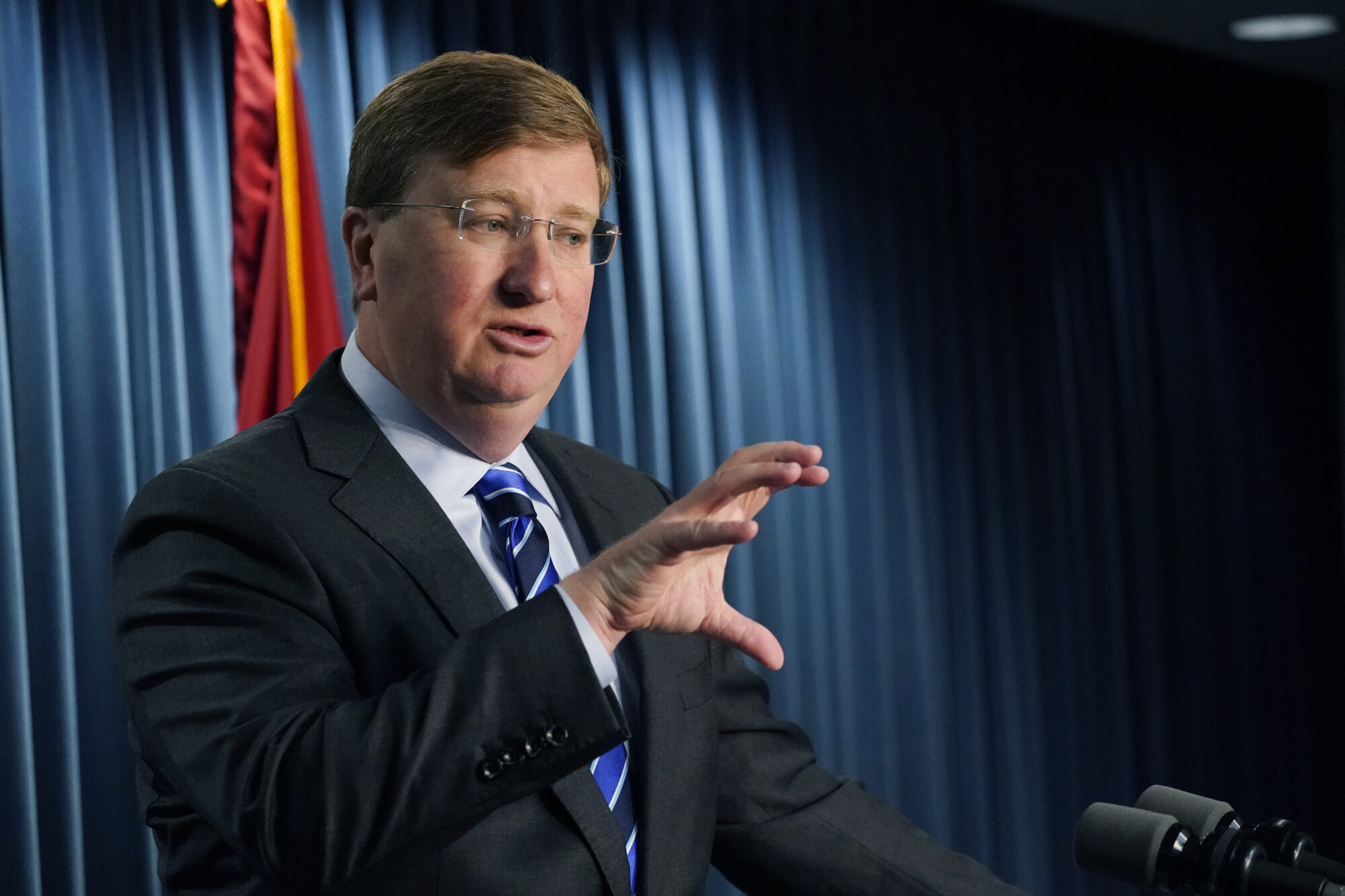
Despite the social media histrionics of the last 72 hours in the wake of President Trump’s signature on a bill that designates the Medgar and Myrlie Evers national monument, it’s noteworthy to take a moment to retrace the actual steps that made the designation a reality.
Governor Phil Bryant and Rep. Bennie Thompson have traded social media barbs regarding the credit for the legislative achievement. Bryant congratulated Wicker and Hyde-Smith on their roles in the achievement. Thompson felt slighted by what he felt was an omission of his role. Mainstream press outlets have tripped over themselves not surprisingly siding with Thompson on the issue.
Give adequate credit. I’ve worked on this for 16 years. https://t.co/8YYk3A75m3
— Bennie G. Thompson (@BennieGThompson) March 14, 2019
Thompson rightly contends that this has been an effort he’s championed for over a decade. However, he alone could do nothing. It required congressional approval and a presidential signature. The ingredients to make the effort a reality through previous congressional efforts were unsuccessful, and the Obama administration didn’t push the designation.
Clearly the most notable breakthrough in the effort to make the Evers’ home a national monument was the appearance by President Trump in 2017 for the dedication of the Mississippi Civil Rights Museum in Jackson.

During the event, Trump toured the museum complex and lauded Evers legacy for a substantial portion of his speech.
Thompson and other black leaders boycotted the museum’s grand opening due to Trump’s attendance.
In addition to launching the museum into a different stratosphere, it was likely the most notable event in making the legislation a reality.
Shortly after Trump’s appearance in Jackson, he signed into law HR 1927 which created the African American Civil Rights Network Act of 2017. Thompson was one of 72 cosponsors on the bill. It passed both chambers on voice votes without opposition.
In August 2018, Trump’s Department of the Interior Secretary, Ryan Zinke, came to Jackson to an event notably attended by members of the Evers family, Phil Bryant and Roger Wicker, where he designated the Evers home under the newly signed act.
Although Thompson sponsored a House Resolution (H.R. 4895) and Wicker and Hyde-Smith sponsored an identical Senate Bill (S.2889) both calling for the national monument status in 2018, neither of those bills became law. The legislative instrument that became law enshrining the national monument came in the form of S.47, a more sweeping omnibus bill for monument status. The entire Mississippi congressional delegation voted in support.
Also notable on the journey to recognize Evers was the Obama administration’s snub of Evers at the end of 2016. Evers was nominated posthumously by the entire Mississippi delegation to receive the Presidential Medal of Freedom. Obama opted instead to honor Tom Hanks, Robert Redford, Robert De Niro, Ellen DeGeneres, Cicely Tyson, Lorne Michaels, Diana Ross and Bruce Springsteen, Michael Jordan and Kareem Abdul-Jabbar.
After years of crafting legislation to enact the home of the late Civil Rights icon, Medgar Evers, and his wife Myrlie Evers, as a national monument, I am proud to say it has been signed into law. (https://t.co/Hmdyq0tmvG) pic.twitter.com/3qYE4DYqO0
— Bennie G. Thompson (@BennieGThompson) March 14, 2019
Myrlie Evers is reported as having been “incensed” at the social media slight against Thompson. But perhaps everyone involved (on both sides) should revert to her sentiments given in 2017.
Something good has happened in this state. Black and white have come together. Republicans and Democrats have come together. Jackson and DC have come together. And yet, the ink isn’t even dry and everyone is tearing the accomplishment asunder for credit and politics.
There’s plenty of credit to go around here. Let’s just all take a minute to step back and rejoice and be glad in it.
Again, it’s amazing what can happen if you don’t worry about who gets the credit.











